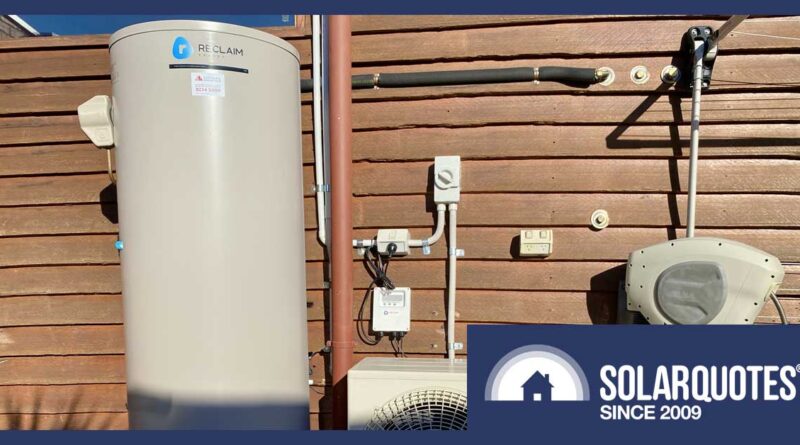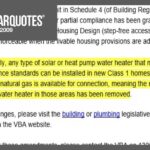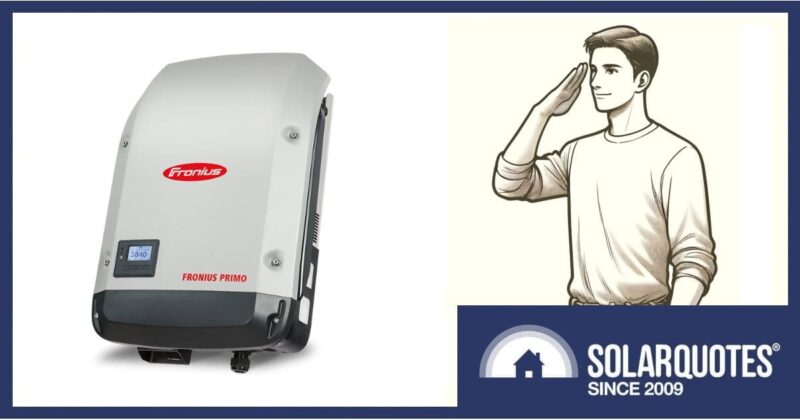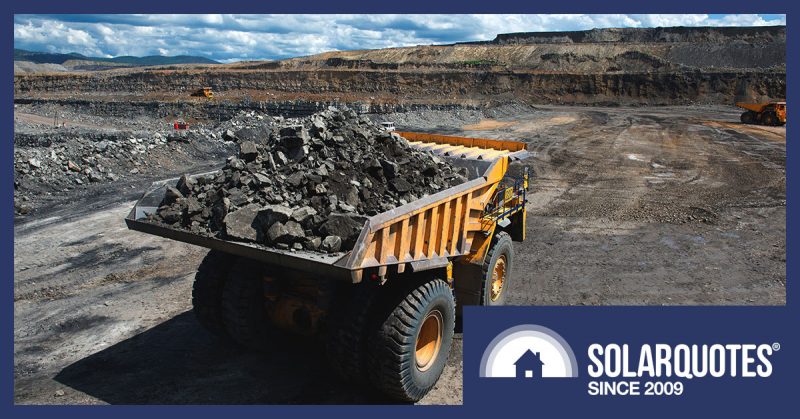Hot Water Heat Pumps: Choose Your Refrigerant & Brand Wisely!
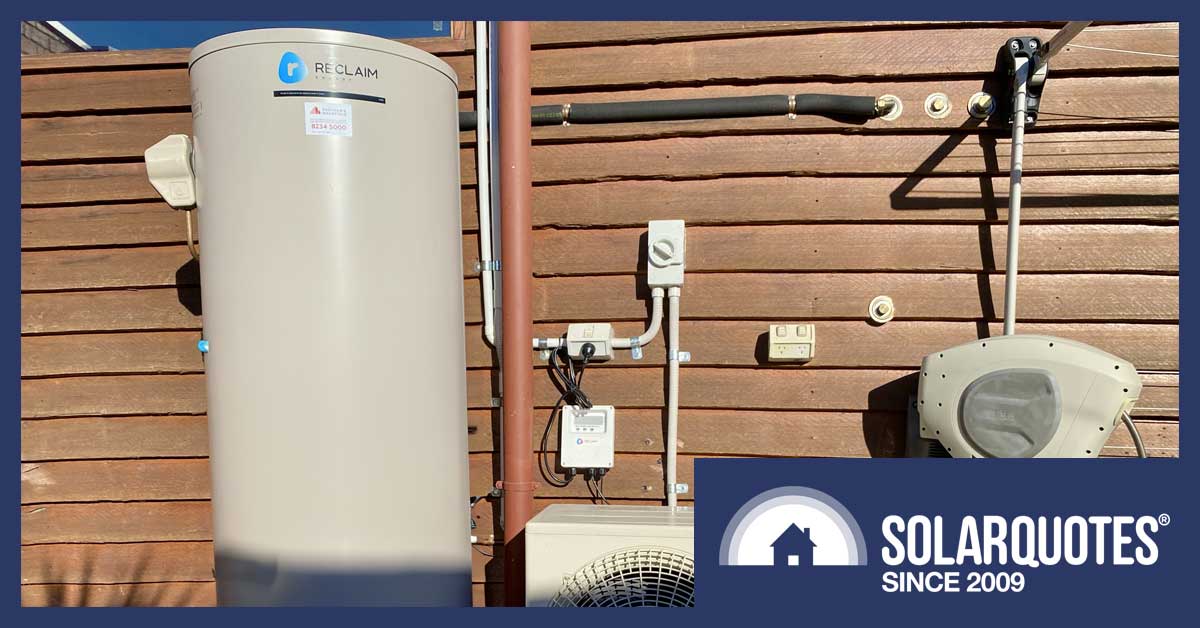
Having observed countless passionate discussions in various online forums on hot water heat pumps, it’s clear to me that people care – a lot – about this seemingly mundane subject.
The conversations start like this :
- Take innocuous hot water question into hand
- Remove pin
- Lob into open energy forum
- Take cover !
Let’s agree that gas hot water belongs in the bin, and thermal storage is a cheap battery for your solar energy. This allows us to explore the basic principle and virtues of the incredibly efficient heat pump hot water service.
It’s The Refrigerant That Makes Things Hot
Counterintuitively, a fluid called refrigerant is crucial in a heat pump hot water system because it acts as the medium that transports heat from the air to the water. The refrigerant absorbs heat from the surrounding air. Even in very cold conditions, the air contains thermal energy that can be harnessed.
Without the refrigerant, there would be no way to capture and move that embodied heat to where it’s needed. It’s counterintuitive because we don’t often think of “cooling” substances as being key players in heating water, but in the case of heat pumps, they’re absolutely vital.
You input one measly kilowatt of power into this magical box with refrigerant flowing through it, and voila – it pumps out 4kW on the other end. This astonishing ratio is the Coefficient Of Performance (COP) and can be greater than 1 (1 equals 100% efficiency) because you are not creating heat but harnessing it.
COP varies depending on several factors, including the model, the type of refrigerant used, the task at hand, and the ambient temperature. Beware though. Manufacturers may get overly optimistic with their ratings, so just as you should be sceptical of an EV’s claimed range, a healthy dose of scepticism is required when reading heat pump specifications.
Beware Of Condensation
When heat is captured outside and pumped inside your house, condensation can become a problem. When trying to suck 20ºC of heat out of the air in winter, which is only 5ºC above zero, moisture can condense on your compressor unit, making it ice solid like an unloved share house freezer. Good heat pumps designed to operate at low temperatures work around this. Ground-sourced heat pumps also solve this but are expensive and thus not popular with us Aussie cheapskates.
Hot Water Needs Higher Temperatures
Every day, you need your hot water storage to exceed 65°C to eliminate bacteria like legionella1. Cheaper heat pumps using R134a or R410a refrigerant can achieve this normally, but when it’s cold, they struggle. Manufacturers actually incorporate a traditional booster element as a safety net, even if it’s less energy efficient.
Better Pumps Use Natural Refrigerants
CO² and R290 (propane) are actually a lot more useful than anyone ever thought. While other refrigerants mentioned have a horrendous Global Warming Potential, literally 1430 or 2080 times worse for the climate than CO² when they escape, good old BBQ gas (propane) ranks as 0.02 GWP. It beggars belief that we’ve been paying the chemical industries for artificial refrigerants for so long.
The best thing about CO² and R290 heat pumps is that they don’t need a booster element. They’ll perform better at lower ambient temperatures and still attain 75 to 90°C water delivery, enough to run a ring main in a hotel or hospital. They’re a real game changer in hot water.
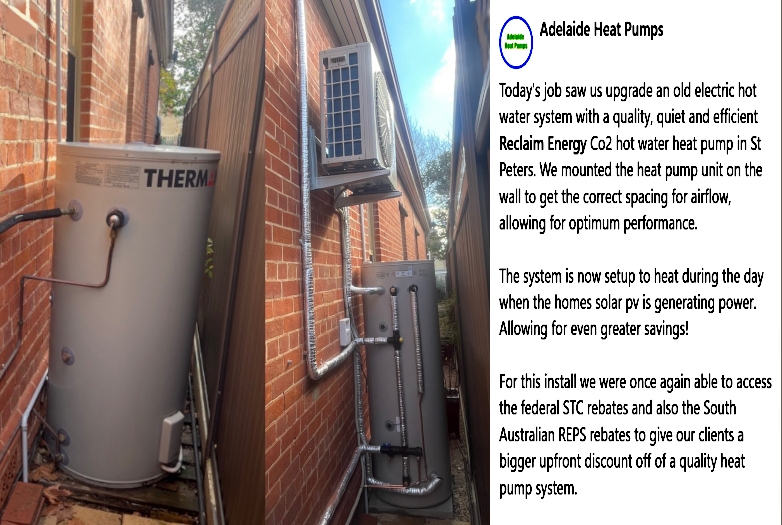
You can see when someone is proud of their work, and all the pipes are insulated up to standard, not down to price. Kudos to Adelaide Heat Pumps.
Stiebel Eltron, Sanden, Reclaim, iStore
While I’m sure none are flawless, these brands are the ones I’d buy myself. In contrast, the cheap end of the market is littered with junk. Signing over the STC incentives available to get a “free” system is fraught with danger. I was once gifted a Chromagen (solar) hot water unit. After installing that one, you couldn’t pay me to own another.
Insights From A Heat-Pump Insider
Recently my comrade Kim Wainwright wrote a great piece on this that touched on the financial returns of heat pumps; in fact, it touched off 130+ comments. So to further inflame the situation, here’s some inside info from my mate Karl Jensen that might pique your interest. Full disclosure, Karl wholesales iStore units, but he’s also a solar industry veteran who regularly offers valuable advice in all kinds of media for free.
Heating capacity of water heaters is rated using specific conditions, like 15°C inlet water temperature and 32°C ambient temperature. Rinnai’s enviroflow uses these numbers to claim a Coefficient of Performance (COP) of 5.6. But these numbers don’t tell the whole story, and the marketing can be misleading.
iStore’s 180L unit can reach a COP of 6.85 at these conditions, but it’s not typical. So, iStore uses a more realistic COP of 4 that’s achievable most of the time. (except during very cold weather or at the very end of the heating cycle)
To truly compare performance, we need to look at Small-scale Technology Certificates (STCs), which each unit earns based on its climate zone.
In Victoria, for example, iStore’s unit gets 25 STCs. This means it will save 25,000kgs of CO2 emissions over 8 years, the duration of the STC scheme. Sanden and Reclaim units get 27 STCs, which translates to an extra 2,000kgs CO2 saved, or 2,000kWh less energy used over the same period. This difference equals 0.68kWh less energy to heat 200 liters of water each day.
If you’re using solar energy that you’d otherwise send to the grid, the cost difference between the Sanden and iStore units is about 3.4 cents per day. But the Sanden unit is typically $2,000 more expensive than iStore’s. So, if you’re using your solar energy, it takes 161 years to recoup the cost difference. And if you’re using grid power at 28c/kWh, it takes almost 20 years.
Remember, these numbers depend on how much water you use. If your household uses double the average amount of water, the energy difference between the units is effectively halved.
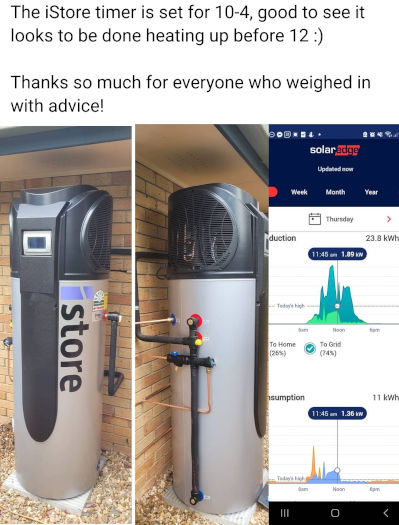
A happy iStore customer showing off a good quality plumbing job
Heat Pump PV Diverters?
Resistive hot water heaters use a lot of energy. So getting a sophisticated hot-water PV diverter device to control the heating element can make sense for maximising solar self-consumption. But with good heat pumps using a quarter of the energy, I’d argue that you don’t need anything more than a simple timer to control them. On all but the most horrible solar days, your heat pump’s power draw is likely to fit under the solar curve. The good news is, decent heat pumps come with built in timers.
Choose Your Heat Pump Wisely
If you’re puzzled over the cost implications of different units, you’re not alone. Heating capacity, CO2 emissions, energy consumption, and cost are key in your selection process. Variables like household size, local climate, water usage (dare I say number of daughters?) and whether you’re using solar or grid power can significantly impact economic calculations. In fact, if you like spreadsheets, there’s one here which compares.
The Take Home Message
The bottom line is that heat pumps are more expensive; they have far more moving parts than a standard hot water tank; but use far less electricity. This super efficiency helps lower bills and makes great storage for your solar energy, without needing a plumber on the roof. Heat pumps are quickly killing conventional solar hot water.
Join me next week as I play devil’s advocate, explaining how terrible heat pumps are. Instead, we’ll uncover what I installed for my Mum, the most elegantly simple, durable, heirloom-quality hot water service ever devised.
Original Source: https://www.solarquotes.com.au/blog/heat-pumps-explained/

